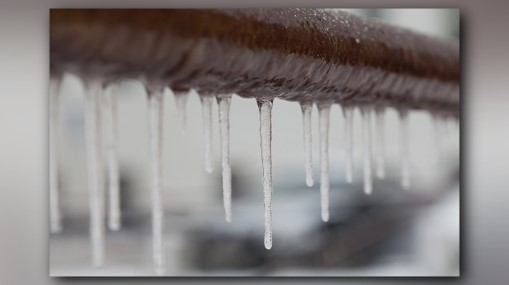How to Keep Your Pipes from Cold Weather Damage: Important Advice
How to Keep Your Pipes from Cold Weather Damage: Important Advice
Blog Article
What are your concepts about Winter Plumbing Precautions: Preventing Frozen Pipes?

Cold weather can damage your pipes, especially by freezing pipelines. Right here's exactly how to prevent it from happening and what to do if it does.
Intro
As temperatures decline, the danger of frozen pipelines rises, possibly resulting in costly fixings and water damage. Recognizing exactly how to stop frozen pipelines is vital for property owners in cool climates.
Comprehending Frozen Pipelines
What creates pipes to freeze?
Pipes ice up when revealed to temperature levels listed below 32 ° F (0 ° C) for expanded periods. As water inside the pipes ices up, it increases, taxing the pipe wall surfaces and potentially triggering them to rupture.
Threats and problems
Icy pipelines can bring about supply of water interruptions, building damages, and pricey fixings. Ruptured pipes can flood homes and create substantial architectural damage.
Signs of Frozen Piping
Determining frozen pipelines early can stop them from rupturing.
Exactly how to identify frozen pipes
Look for lowered water flow from taps, uncommon odors or sounds from pipes, and visible frost on revealed pipelines.
Avoidance Tips
Insulating susceptible pipelines
Cover pipes in insulation sleeves or utilize warmth tape to safeguard them from freezing temperatures. Concentrate on pipelines in unheated or external locations of the home.
Heating strategies
Keep interior areas effectively warmed, especially areas with plumbing. Open cabinet doors to allow warm air to flow around pipelines under sinks.
Shielding Exterior Pipes
Yard pipes and outside taps
Detach and drain garden hoses prior to winter. Set up frost-proof spigots or cover outside taps with shielded caps.
What to Do If Your Pipes Freeze
Immediate activities to take
If you think icy pipes, keep taps available to ease stress as the ice melts. Make use of a hairdryer or towels soaked in warm water to thaw pipes gradually.
Long-Term Solutions
Structural changes
Take into consideration rerouting pipes away from outside walls or unheated locations. Include extra insulation to attic rooms, cellars, and crawl spaces.
Updating insulation
Purchase top quality insulation for pipes, attic rooms, and walls. Appropriate insulation assists maintain constant temperature levels and reduces the danger of frozen pipes.
Final thought
Avoiding icy pipelines calls for proactive actions and quick feedbacks. By comprehending the reasons, signs, and safety nets, home owners can secure their pipes during cold weather.
5 Ways to Prevent Frozen Pipes
Drain Outdoor Faucets and Disconnect Hoses
First, close the shut-off valve that controls the flow of water in the pipe to your outdoor faucet. Then, head outside to disconnect and drain your hose and open the outdoor faucet to allow the water to completely drain out of the line. Turn off the faucet when done. Finally, head back to the shut-off valve and drain the remaining water inside the pipe into a bucket or container. Additionally, if you have a home irrigation system, you should consider hiring an expert to clear the system of water each year.
Insulate Pipes
One of the best and most cost-effective methods for preventing frozen water pipes is to wrap your pipes with insulation. This is especially important for areas in your home that aren’t exposed to heat, such as an attic. We suggest using foam sleeves, which can typically be found at your local hardware store.
Keep Heat Running at 65
Your pipes are located inside your walls, and the temperature there is much colder than the rest of the house. To prevent your pipes from freezing, The Insurance Information Institute suggests that you keep your home heated to at least 65 degrees, even when traveling. You may want to invest in smart devices that can keep an eye on the temperature in your home while you’re away.
Leave Water Dripping
Moving water — even a small trickle — can prevent ice from forming inside your pipes. When freezing temps are imminent, start a drip of water from all faucets that serve exposed pipes. Leaving a few faucets running will also help relieve pressure inside the pipes and help prevent a rupture if the water inside freezes.
Open Cupboard Doors
Warm your kitchen and bathroom pipes by opening cupboards and vanities. You should also leave your interior doors ajar to help warm air circulate evenly throughout your home.

I was made aware of that report about 6 Ways to Prevent Frozen Pipes through a buddy on a different website. Sharing is nice. Helping people is fun. Thank you so much for your time spent reading it.
Click Here Report this page